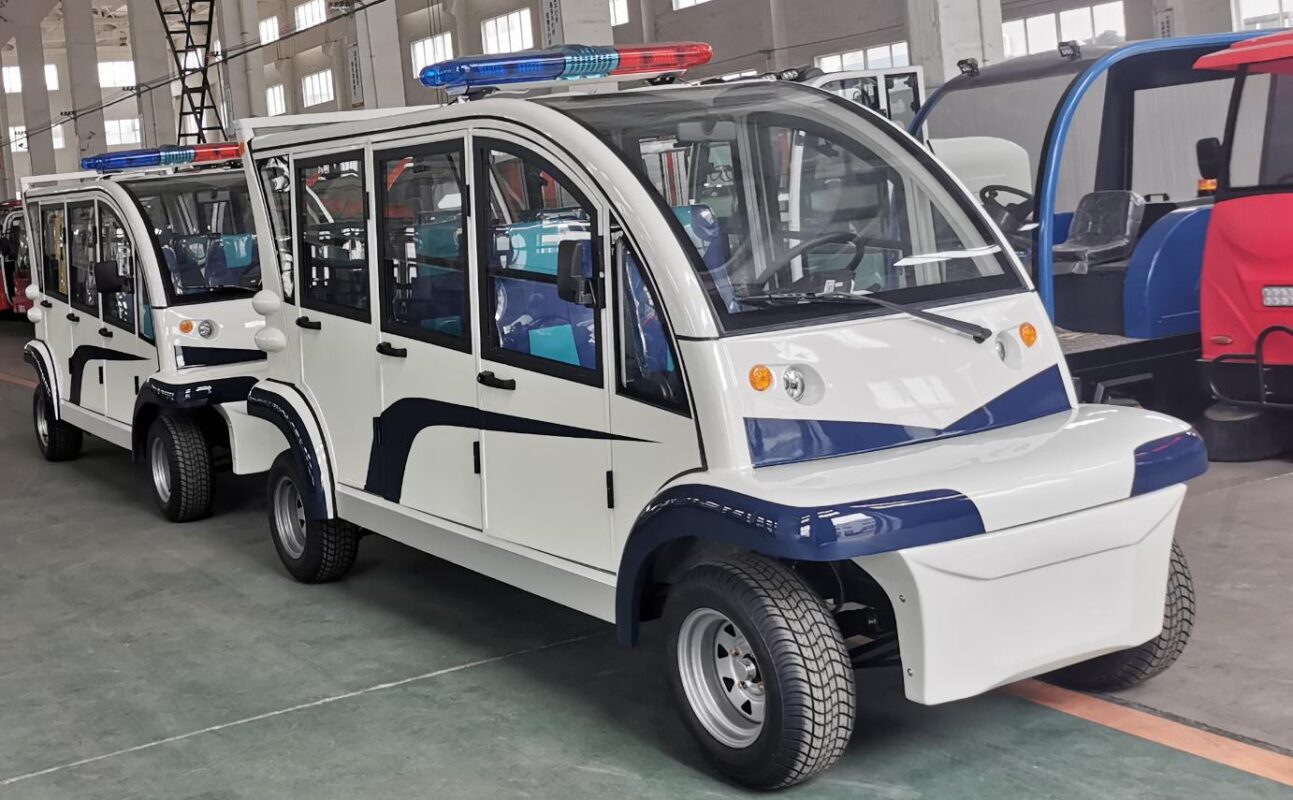Jiangsu FMX Electric Vehicle Co., Ltd. specializes in the manufacturing and sales of electric garbage trucks, sanitation trucks, cleaning vehicles, washing vehicles, sightseeing vehicles, and fire trucks. We have extensive knowledge on how to enhance driving performance and technical aspects of electric garbage trucks and sanitation vehicles. Below is a detailed introduction to the pre-driving checks and driving skills for electric garbage trucks.
Electric Garbage Trucks Pre-driving Checks
- Tires: Check the correct pressure. Conduct daily and monthly inspections for wear, damage, and proper inflation.
- Battery: Check the electrolyte to ensure the correct fluid level. Inspect battery terminals for tightness and corrosion.
- Charger Wires, Plugs, and Sockets: Visual inspect for cracks, loose connections, and wire wear.
Performance Checks
- Forward/Reverse Control: Verify that the controls operate correctly.
- Brakes: Ensure proper brake function. When the brake pedal is fully pressed with the appropriate pressure, the vehicle should come to a smooth, straight stop.
- Parking Brake: When engaged, the parking brake should lock the wheels and keep the vehicle stationary. It should release when the accelerator pedal is pressed.
- Reverse Beeper: When the forward/reverse switch is in the “Reverse” position, the reverse beeper should sound a warning.
- Steering: The vehicle should steer easily, and there should be no abnormal movement in the steering wheel.

Driving Skills
- Start smoothly: Avoid sudden acceleration during startup to prevent damage to the electrical system.
- Gentle Steering: Avoid sharp turns; you can reduce speed before turning.
- Avoid Frequent Acceleration: To prolong the life of the electronic control system, refrain from frequently tapping the accelerator pedal.
- Smooth Braking: To prevent abrupt braking, practice smooth and anticipatory braking, requiring experienced drivers.
- No Emergency Braking: Minimize emergency braking; instead, use gradual braking to extend the life of the braking system.
- Safe Loading: For large electric sanitation vehicles involved in waste transport, avoid exceeding the rated load and slope to prevent high-current discharge from the battery.
- Stable Gear Shifting: Bring the vehicle to a complete stop before shifting between forward and reverse gears.
These guidelines are essential for ensuring the safety, longevity, and optimal performance of electric garbage trucks.

